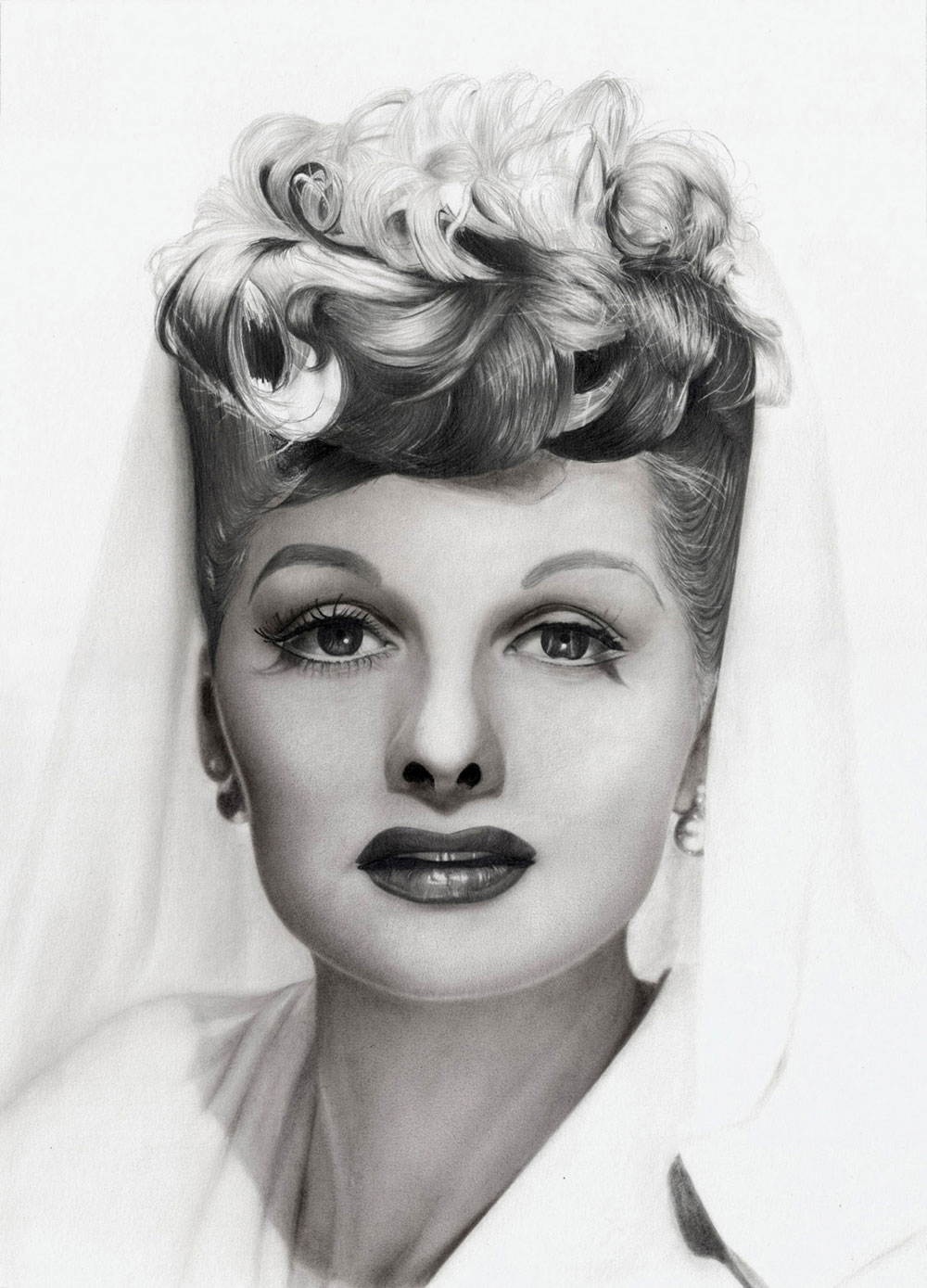In the realm of art, pencil drawings hold a timeless allure, captivating hearts with their intricate details, expressive lines, and boundless possibilities. As technology advances, the pencil drawing transcends the confines of traditional mediums, embracing the digital realm to create new and exciting visual experiences. This informatical article embarks on a journey into the world of pencil drawing, unveiling the latest techniques, innovative tools, and captivating creations that are redefining the art form.
From humble graphite to sophisticated digital styli, the tools of pencil drawing have undergone a remarkable transformation. With the advent of pressure-sensitive drawing tablets and dedicated software, artists now have access to a vast array of virtual pencils, each with unique properties and textures that mimic the nuances of their real-world counterparts. This technological evolution has opened up new avenues for artistic expression, enabling artists to experiment with layers, colors, and effects that were previously unattainable.
As we delve deeper into the realm of pencil drawing, we will explore the enchanting world of digital sketching, where artists can unleash their creativity with a few simple strokes. We will uncover the secrets behind creating realistic portraits, captivating landscapes, and mesmerizing abstract compositions. Along the way, we will encounter inspiring artists who are pushing the boundaries of pencil drawing, transforming the ordinary into the extraordinary.
Pencil Drawing New Images
Bridging tradition with innovation, pencil drawing embarks on a new digital journey.
- Digital Revolution:
- Virtual Pencils:
- Limitless Expression:
- Digital Sketching:
With the touch of a stylus, artists transform ordinary strokes into captivating digital masterpieces.
Digital Revolution:
In the realm of pencil drawing, the digital revolution has ushered in an era of unprecedented possibilities. With the advent of sophisticated drawing tablets and dedicated software, artists can now transcend the limitations of traditional mediums and explore new frontiers of creativity.
Drawing tablets, equipped with pressure-sensitive surfaces, mimic the natural feel of pencil on paper. This technological advancement allows artists to create strokes with varying thickness and opacity, just as they would with a traditional pencil. The digital canvas, unlike its physical counterpart, offers limitless space for experimentation, allowing artists to resize, rotate, and manipulate their drawings with ease.
Dedicated software programs, such as Adobe Photoshop and Procreate, provide artists with a vast array of virtual pencils, each with unique properties and textures that emulate the nuances of graphite, charcoal, and other traditional drawing materials. These programs also offer a wide range of editing tools, color palettes, and special effects, enabling artists to enhance their drawings and achieve stunning visual results.
The digital revolution has not only transformed the tools and techniques of pencil drawing but has also opened up new avenues for collaboration and sharing. Online platforms and social media have created vibrant communities of digital artists who share their work, exchange ideas, and inspire each other to push the boundaries of the art form.
The digital revolution in pencil drawing is an ongoing journey of innovation and exploration, constantly evolving and redefining the possibilities of this timeless art form.
Virtual Pencils:
In the digital realm of pencil drawing, virtual pencils have emerged as powerful tools that replicate the nuances and versatility of their traditional counterparts. These virtual pencils, found within dedicated software programs, offer a wide range of properties and textures that cater to diverse artistic styles and preferences.
Artists can choose from a variety of virtual pencils that emulate the characteristics of different graphite grades, from soft and细腻 to hard and precise. Each virtual pencil responds to pressure and tilt, allowing for subtle variations in line weight and texture. This level of control empowers artists to create drawings that capture the subtle nuances and expressive qualities of traditional pencil work.
Virtual pencils also offer unique features that transcend the limitations of physical pencils. Artists can easily adjust the size, shape, and hardness of their virtual pencils on the fly, adapting them to different drawing tasks. They can also experiment with a vast array of digital brushes that simulate the effects of charcoal, chalk, and other artistic media, opening up new possibilities for creative expression.
Furthermore, virtual pencils enable artists to work with layers, allowing them to build up their drawings gradually and make changes without affecting the underlying layers. This non-destructive editing process promotes experimentation and allows artists to explore different creative directions without the fear of ruining their work.
Virtual pencils, with their versatility, precision, and unique features, have become indispensable tools for digital artists, empowering them to create stunning and captivating pencil drawings.

